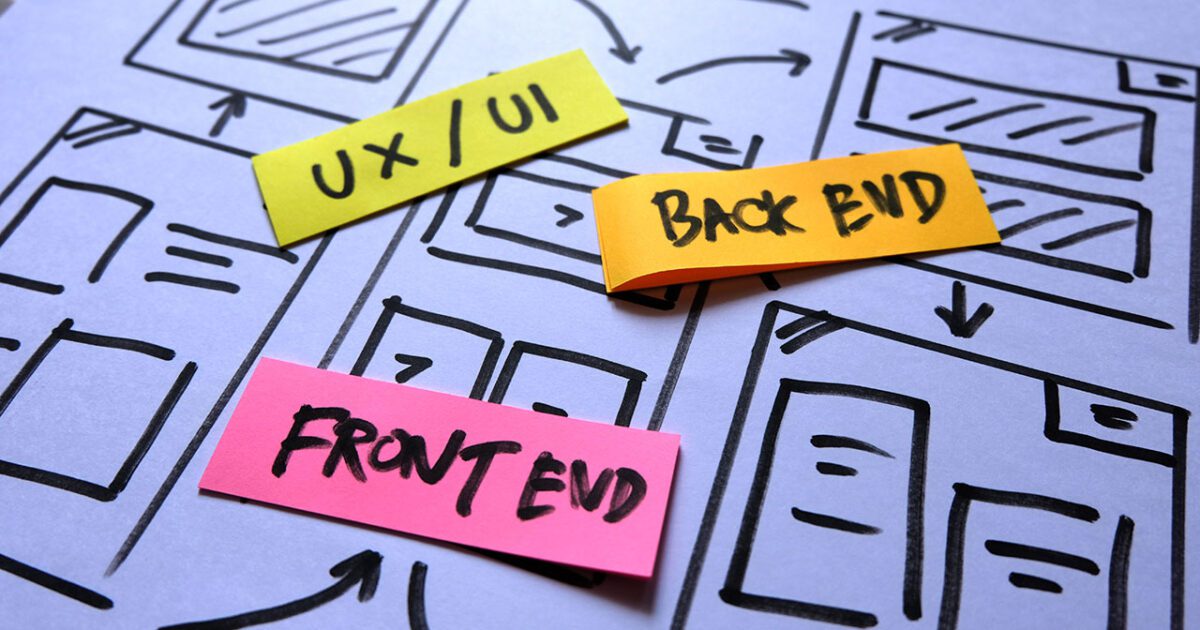
As experienced web developers and designers in Wichita, KS, the Balefire Marketing + Advertising team sometimes has to use technical terms to explain our work to clients. This glossary of important website design and development terms will help you understand the process if you’re getting a new website or having web maintenance done.
Web Design Terms
- User Interface (UI): The way a website looks, including all points of interaction, such as buttons and typography.
- User Experience (UX): How users interact with a website and their overall feeling about it. The goal is to make using the website smooth and intuitive.
- Wireframe: A visual guide to a website’s navigation and main features; think of it like a skeleton.
- Mockup: A static image of a website’s final design, complete with colors, photos, and typography. It’s also referred to as a proof or design proof.
- Responsive Design: Websites that adapt their layout to different screen sizes, to provide a seamless experience on desktops, tablets and smartphones
- Brand Identity: The visual representation of your brand, including the logo, colors and typography.
Web Development Terms
- Front End Development: The part of a website that users see and interact with, including the text, images and buttons; it’s built using HTML, CSS, and JavaScript coding languages.
- Back End Development: The part of a website you can’t see, such as databases, servers, and security.
- Content Management System (CMS): Software that allows users to easily create, edit, and publish website content without needing to code. WordPress is an example.
- Domain Name: Your website’s unique address on the internet, like balefireagency.com.
- Web Hosting: The service that stores your website’s code, images and other files and makes them accessible on the internet.
Additional Terms
- Call to Action (CTA): A button or link that prompts users to take an action like subscribing to a newsletter or requesting a quote.
- Conversion: When a user completes a desired action on your website, like making a purchase or completing a contact form.
- Bug: A coding error in a website’s software that affects how it looks or functions.
